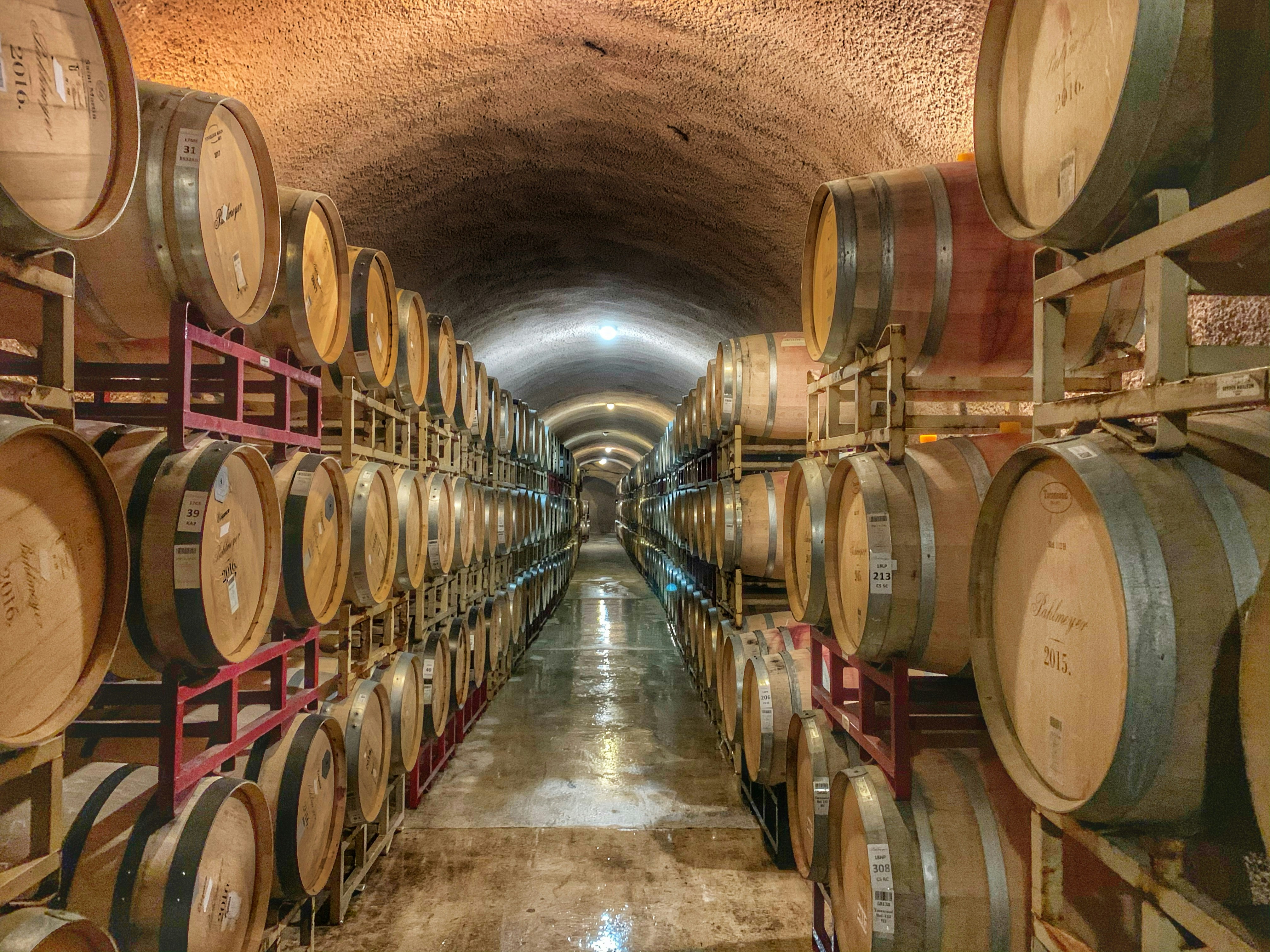Article
Mar 28, 2025
If you’ve ever heard someone compare a wine from France to one from California, chances are they were talking about the classic divide between Old World and New World wines. These terms go beyond geography—they reflect differences in winemaking styles, tradition, and even taste. In this article, we’ll break down the key differences, highlight major regions, and help you understand what to expect in the glass.
What does “Old world” wine mean?
Old World wine refers to wines produced in countries with a long history of winemaking—mainly in Europe and parts of the Middle East. These regions have centuries (even millennia) of tradition, often guided by strict regulations that focus on preserving local terroir and winemaking heritage.
Countries:
France
Italy
Spain
Germany
Portugal
Greece
Austria
Typical characteristics:
Lower alcohol
Higher acidity
Earthy, mineral-driven flavors
Emphasis on terroir (soil, climate, and location)
Labels by region (e.g., Bordeaux, Chianti) instead of grape variety
Old World wines often reflect a restrained and food-friendly style, aiming to express the character of the land more than the grape itself.
What is “New world” wine?
New World wine comes from regions that adopted winemaking more recently—generally outside of Europe. These areas often have fewer restrictions, giving winemakers more freedom to experiment with techniques, blends, and styles.
Countries:
United States (California, Oregon, Washington)
Australia
New Zealand
Chile
Argentina
South Africa
Typical characteristics:
Higher alcohol
Riper, fruit-forward flavors
Lower acidity
More oak influence
Labels by grape variety (e.g., Cabernet Sauvignon, Chardonnay)
New World wines tend to focus on fruit expression and boldness, appealing to modern palates and often designed for standalone enjoyment rather than just food pairing.
Feature | Old world | New world |
|---|---|---|
Origin | Europe (e.g. France, Italy) | Outside Europe (e.g. USA, Australia) |
Labelling | Region-based | Grape-based |
Style | Subtle, earthy, acidic | Bold, fruity, higher alcohol |
Wine making | Tradition-driven | Innovation-friendly |
Terroir focus | High | Lower (in general) |
Are old world wines better than new world?
Not at all—it’s a matter of personal taste. If you enjoy wines that are elegant, savory, and meant for food, you might lean toward Old World bottles. If you prefer bold, fruit-forward, and expressive wines, New World styles could be your go-to. Both styles offer high-quality wines across all price points.
Examples of old world vs. new world comparisons
Old World Pinot Noir: Burgundy (France) – light, earthy, delicate acidity
New World Pinot Noir: Oregon or New Zealand – ripe cherry, juicy, more fruit-driven
Old World Chardonnay: Chablis (France) – crisp, mineral, unoaked
New World Chardonnay: California – rich, buttery, oaked
Old World Cabernet Sauvignon: Bordeaux – structured, herbal, meant to age
New World Cabernet Sauvignon: Napa Valley – bold, full-bodied, ripe black fruit
The Swirl perspective: Explore both worlds
At Swirl, we believe understanding Old and New World wines will help you better understand your taste. Whether you're curious about a classic Barolo or want to try a bold Argentine Malbec, our app helps you explore, compare, and track what you love—one glass at a time.

Head Sommelier
Marcus is the Head Sommelier at the 3-Michelin-starred restaurant in Stockholm. With over 5 years of experience, he's passionate about helping people having unforgettable wine experiences.
Go to all articles



